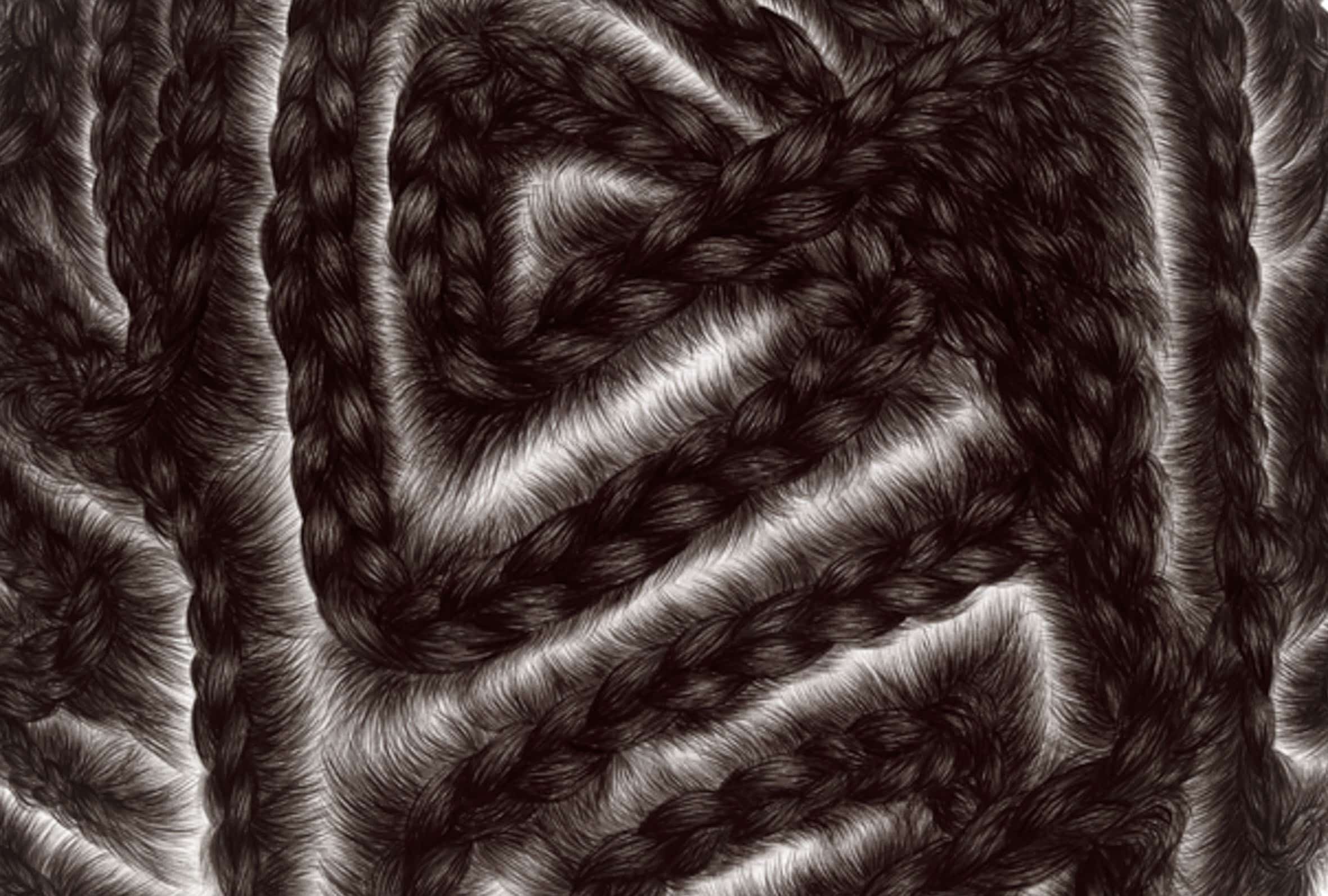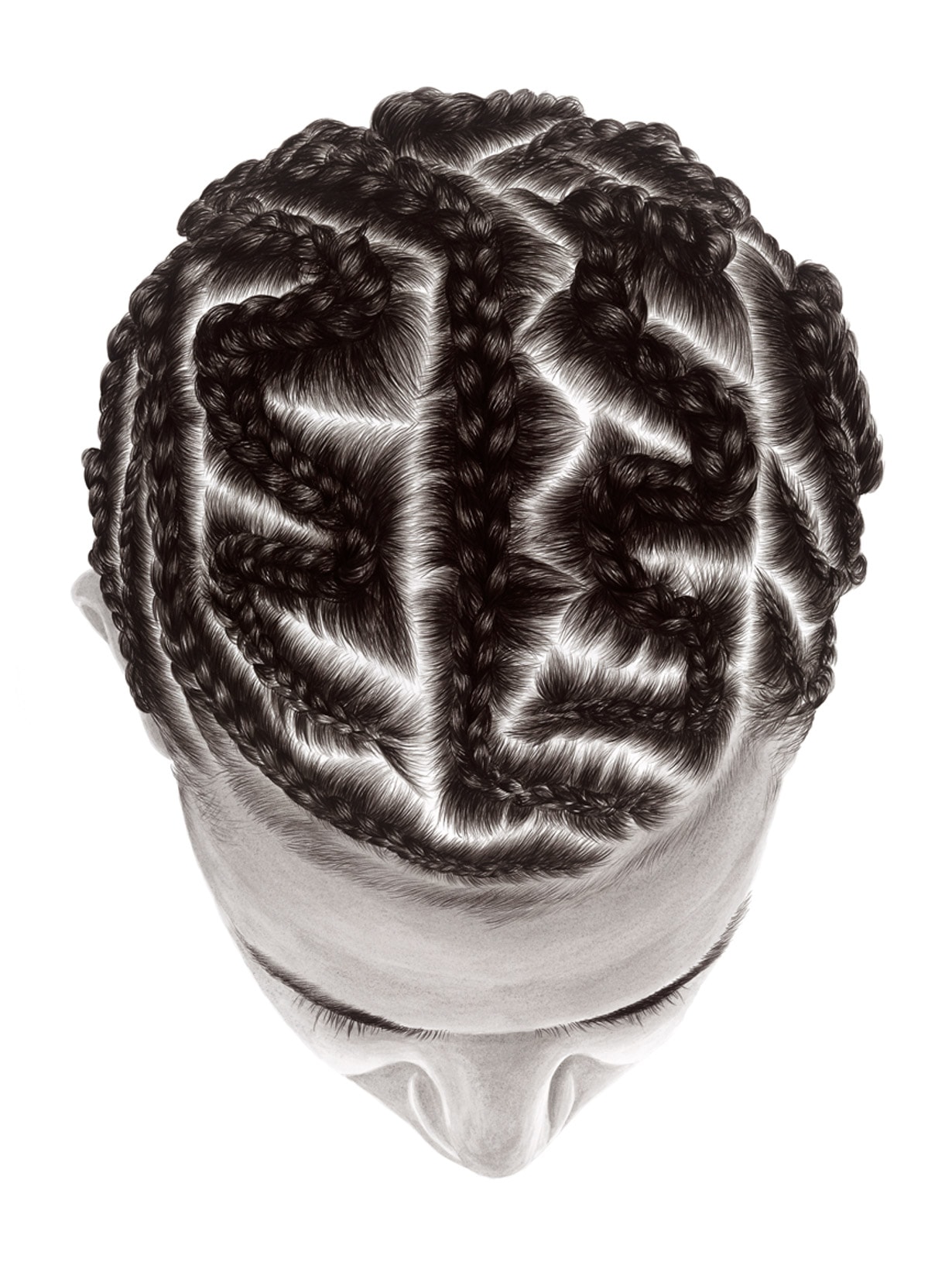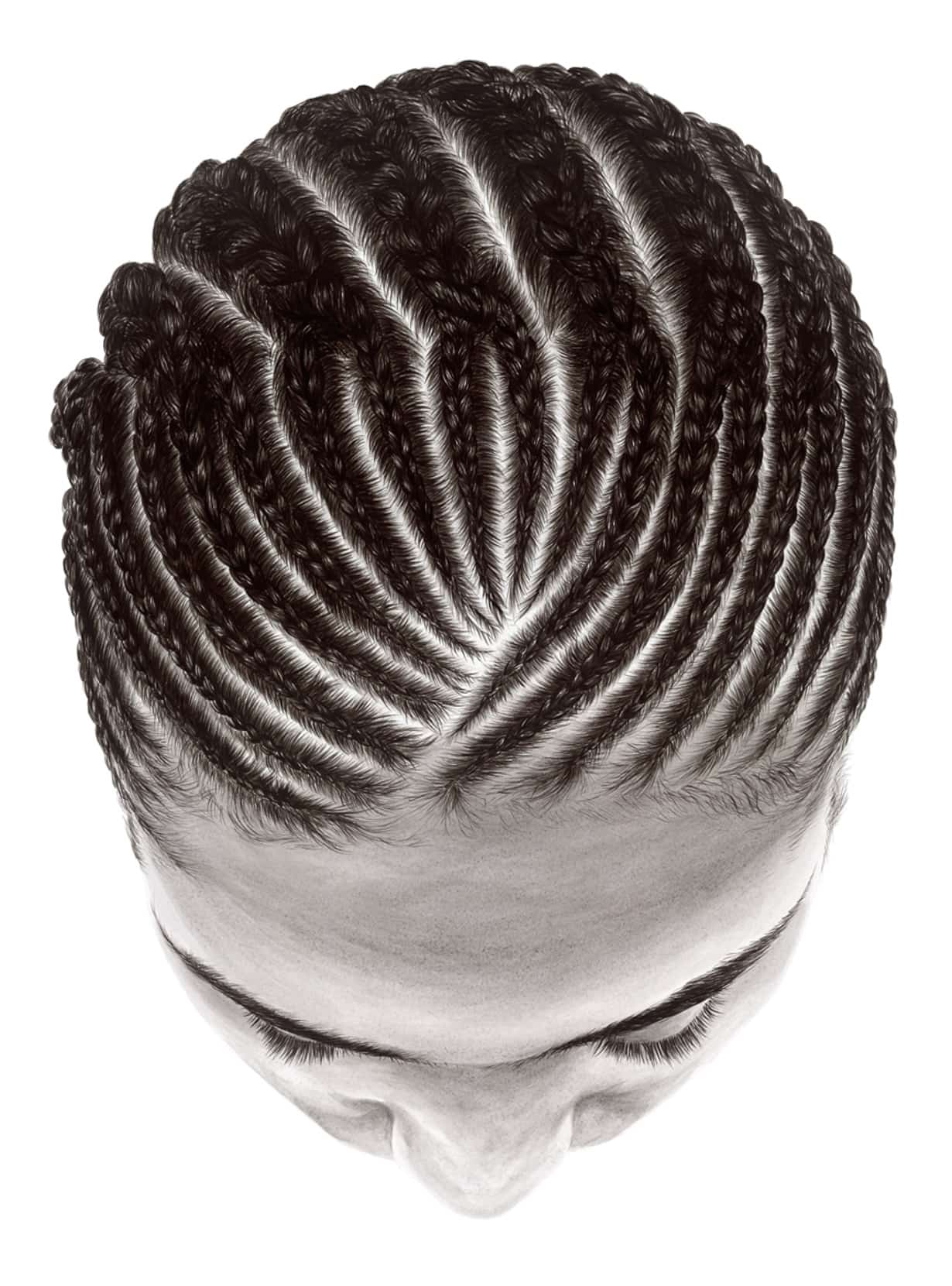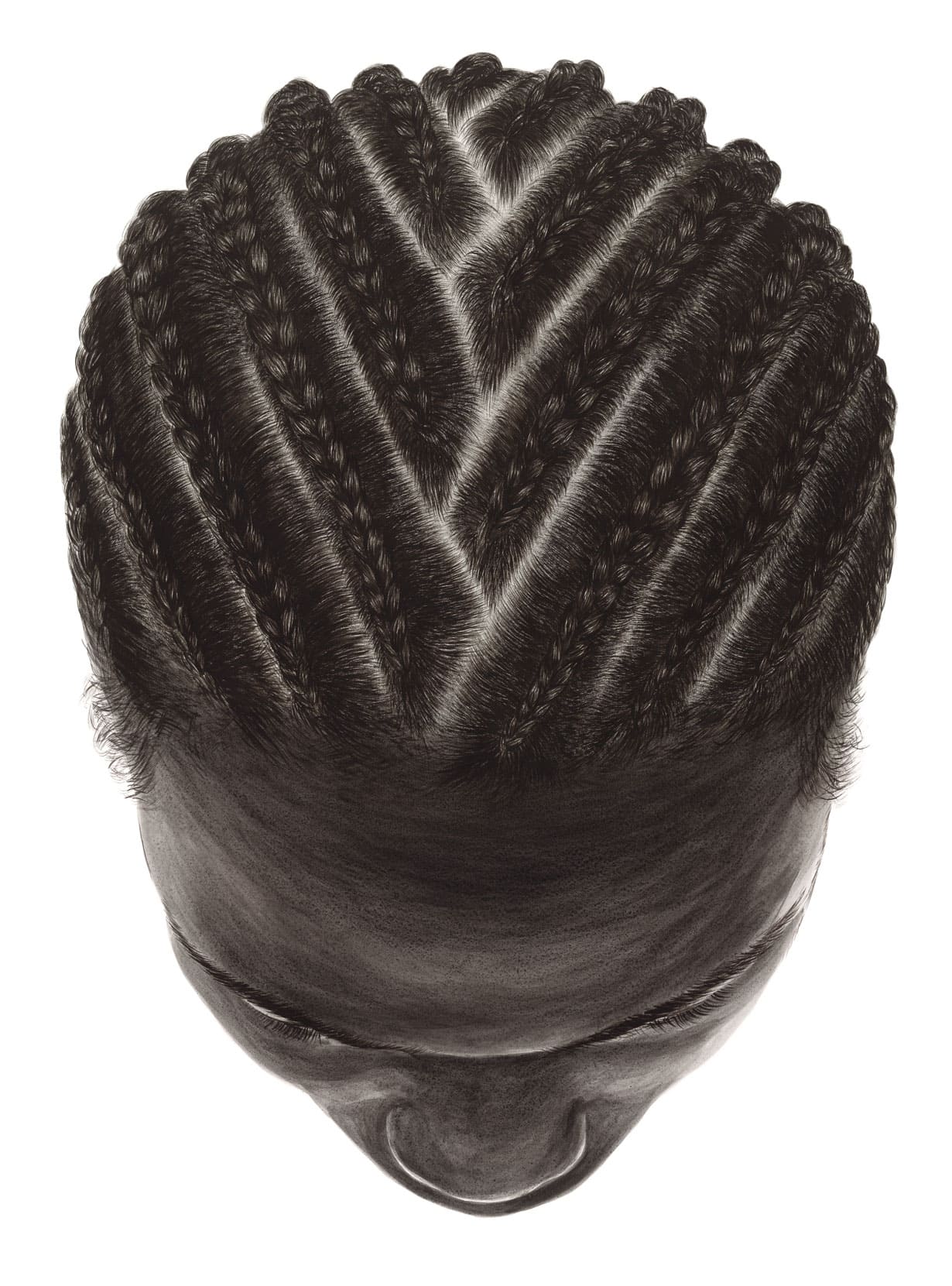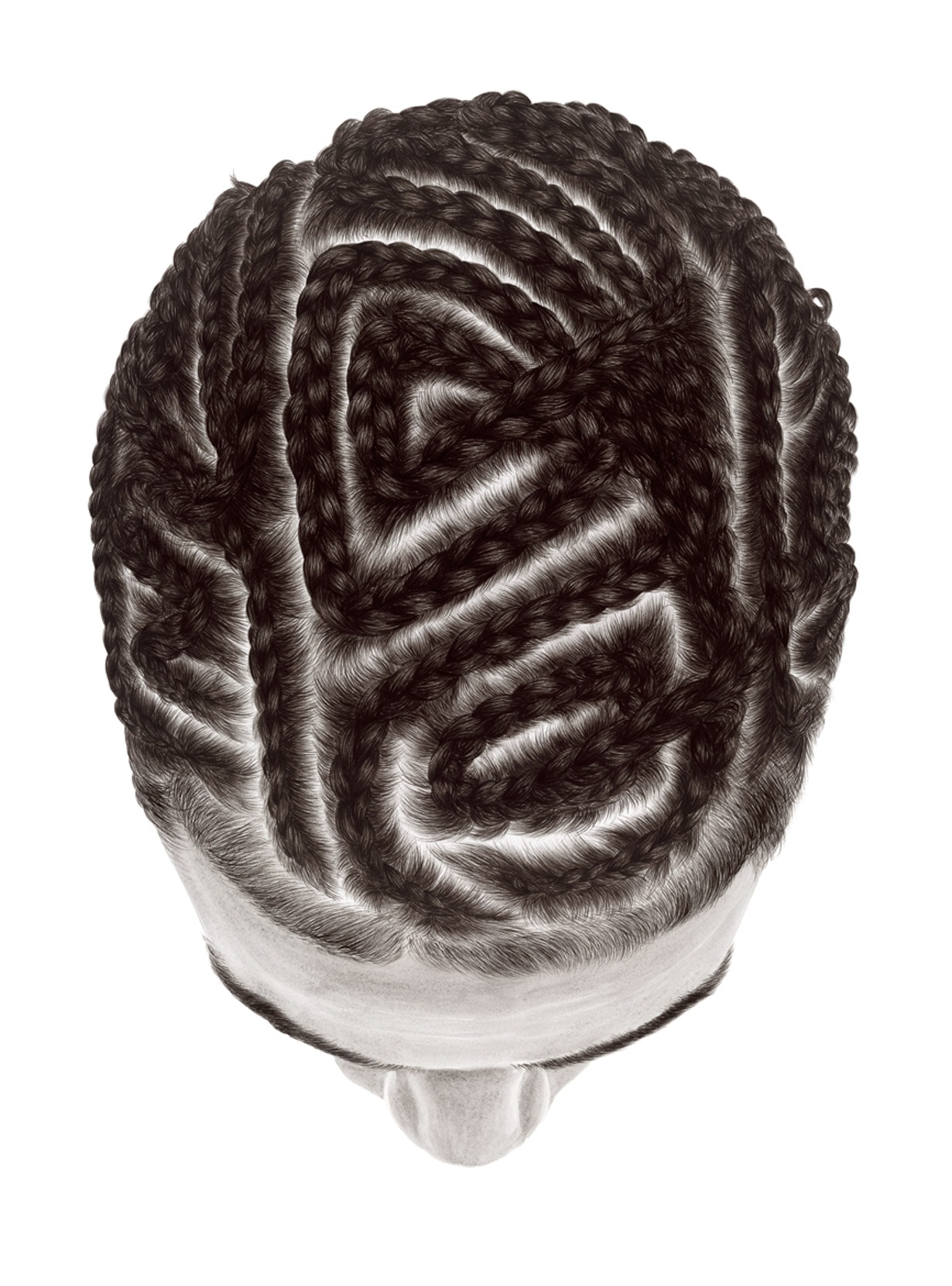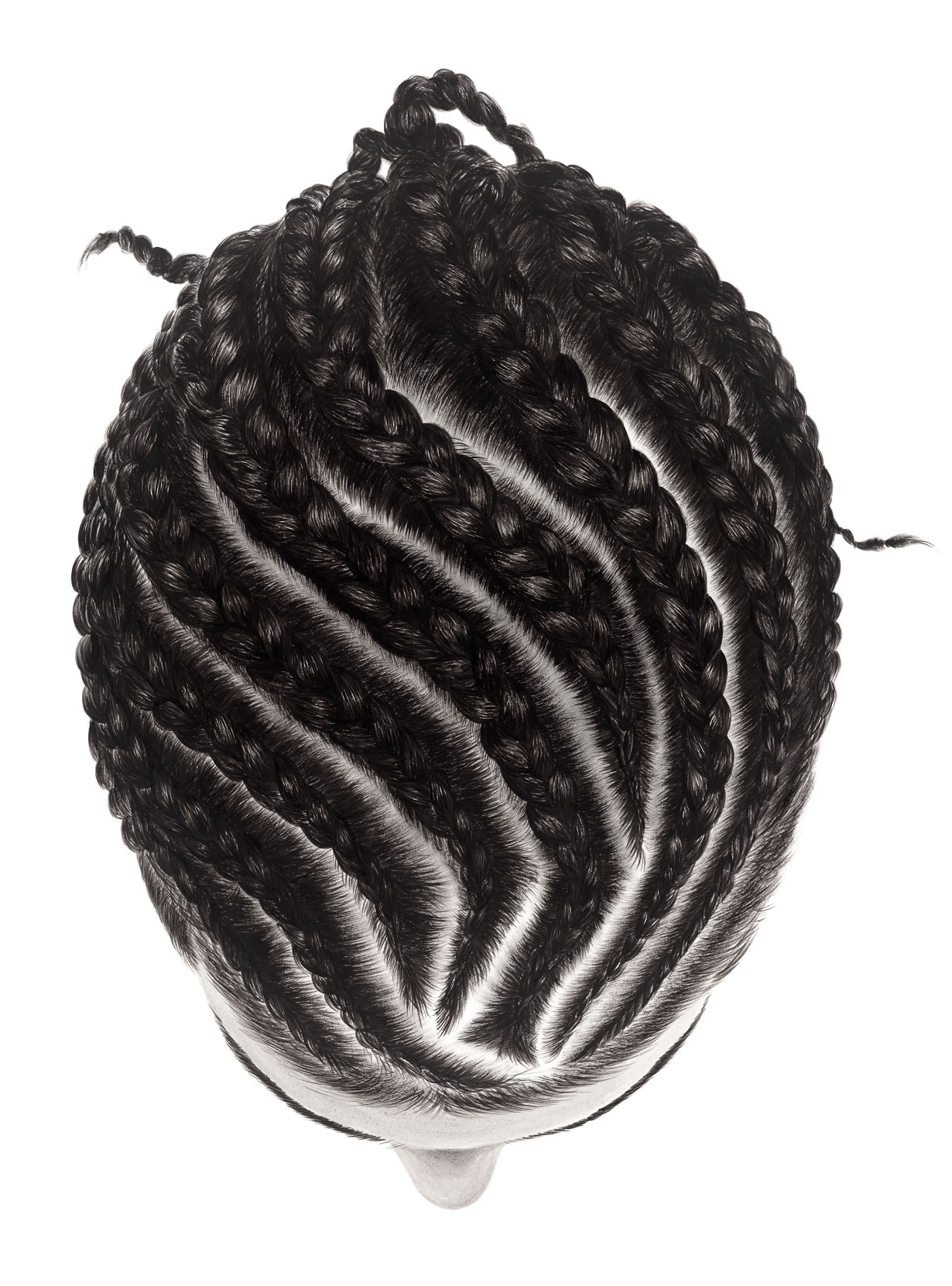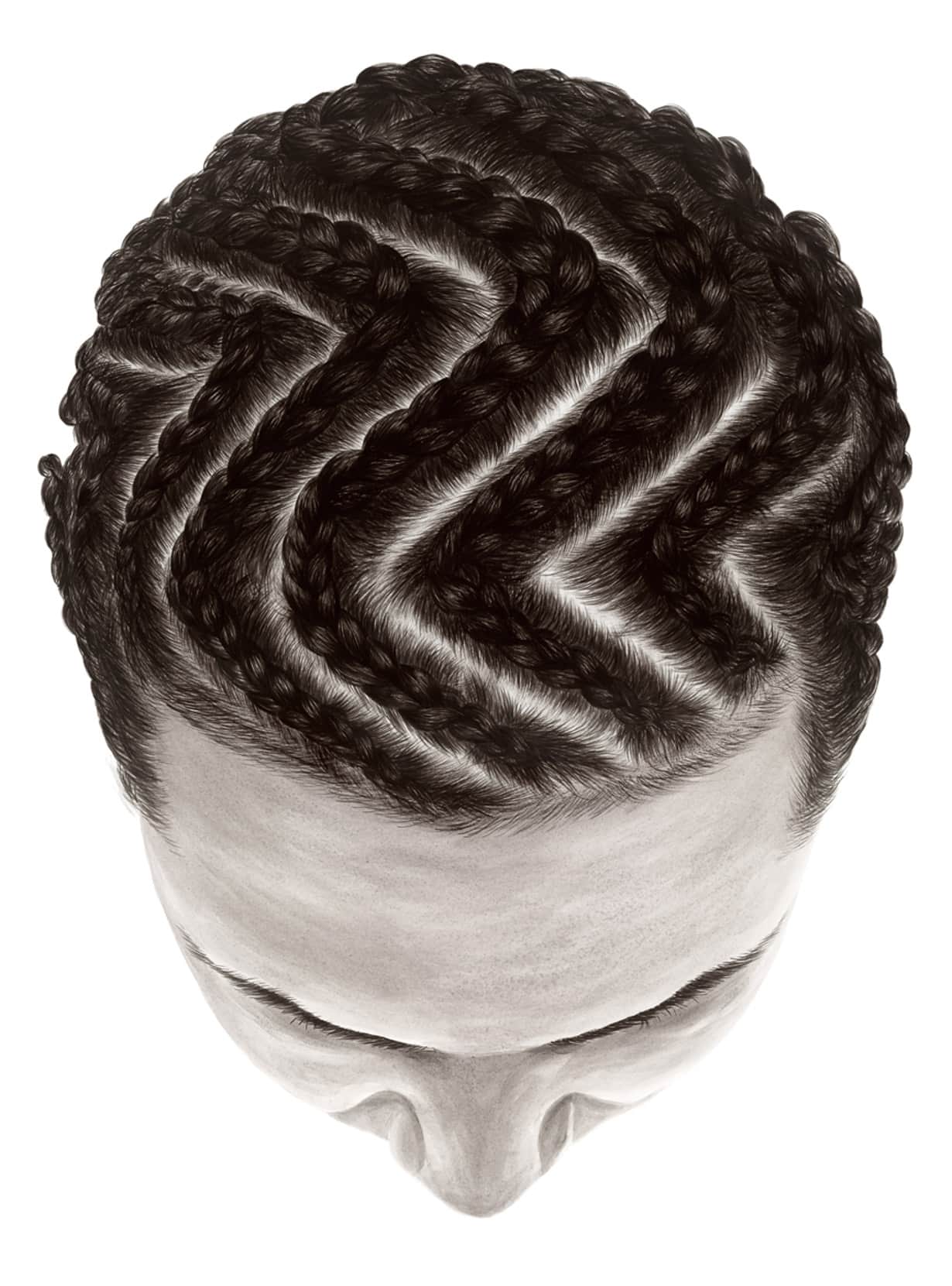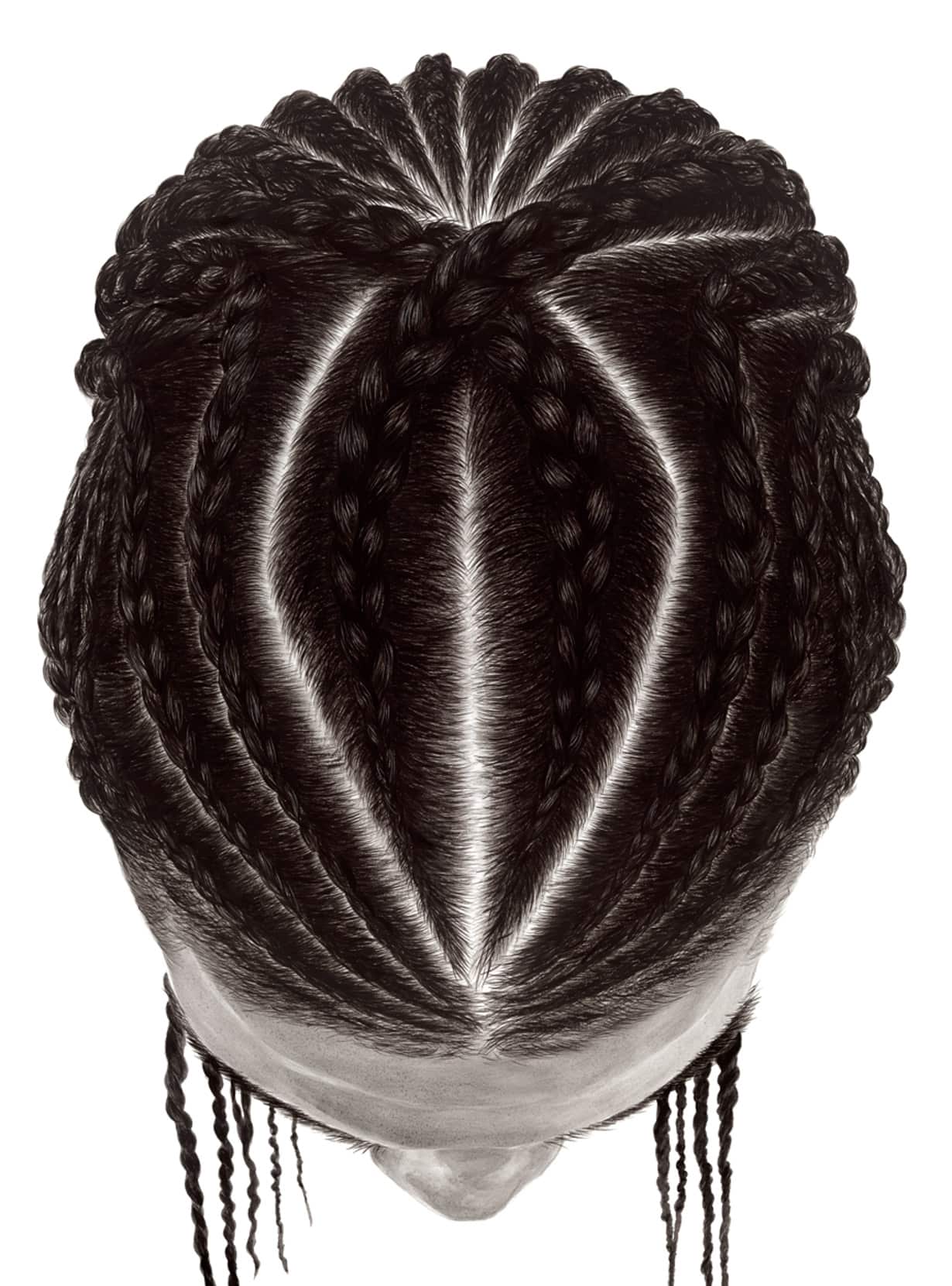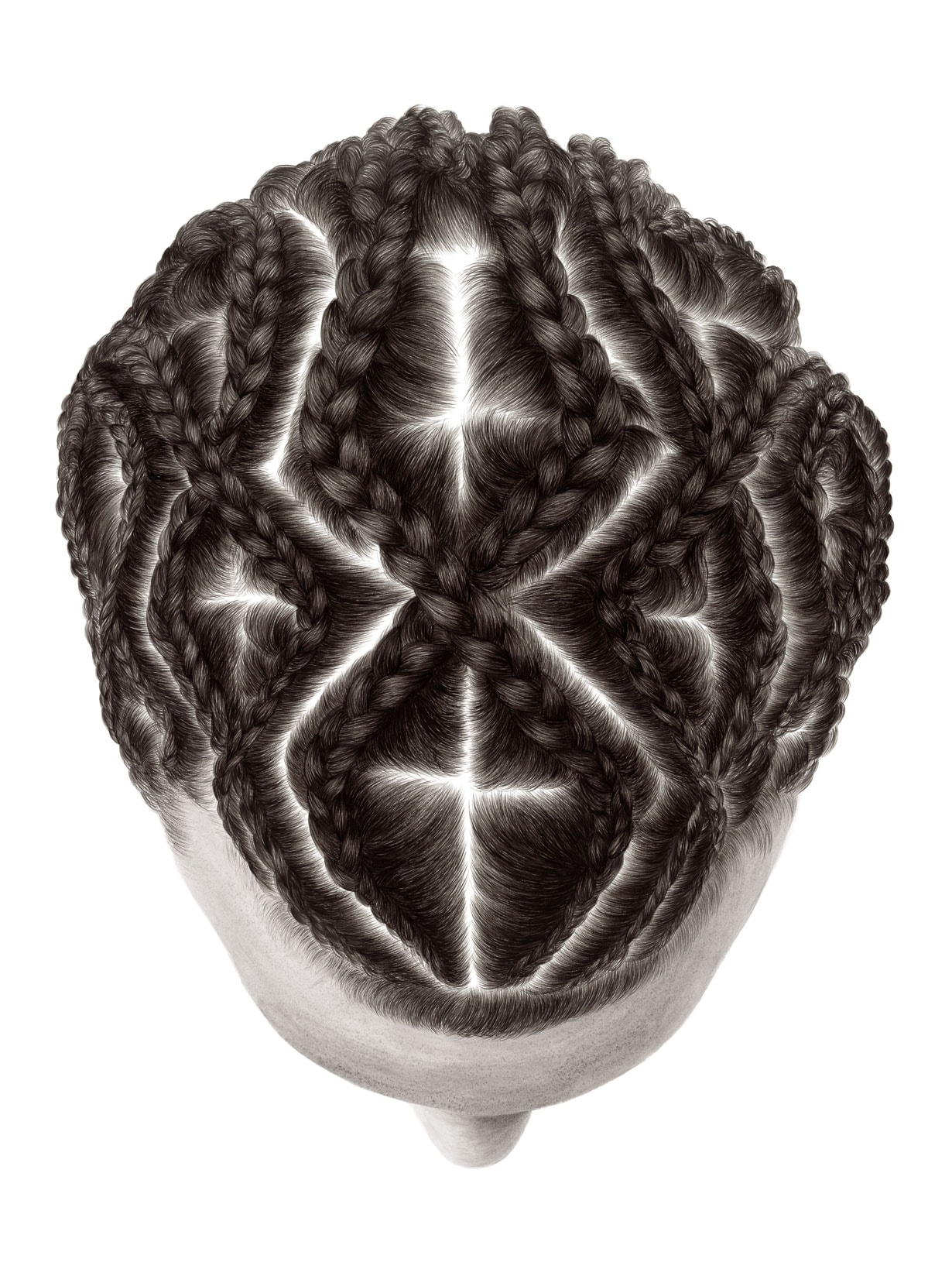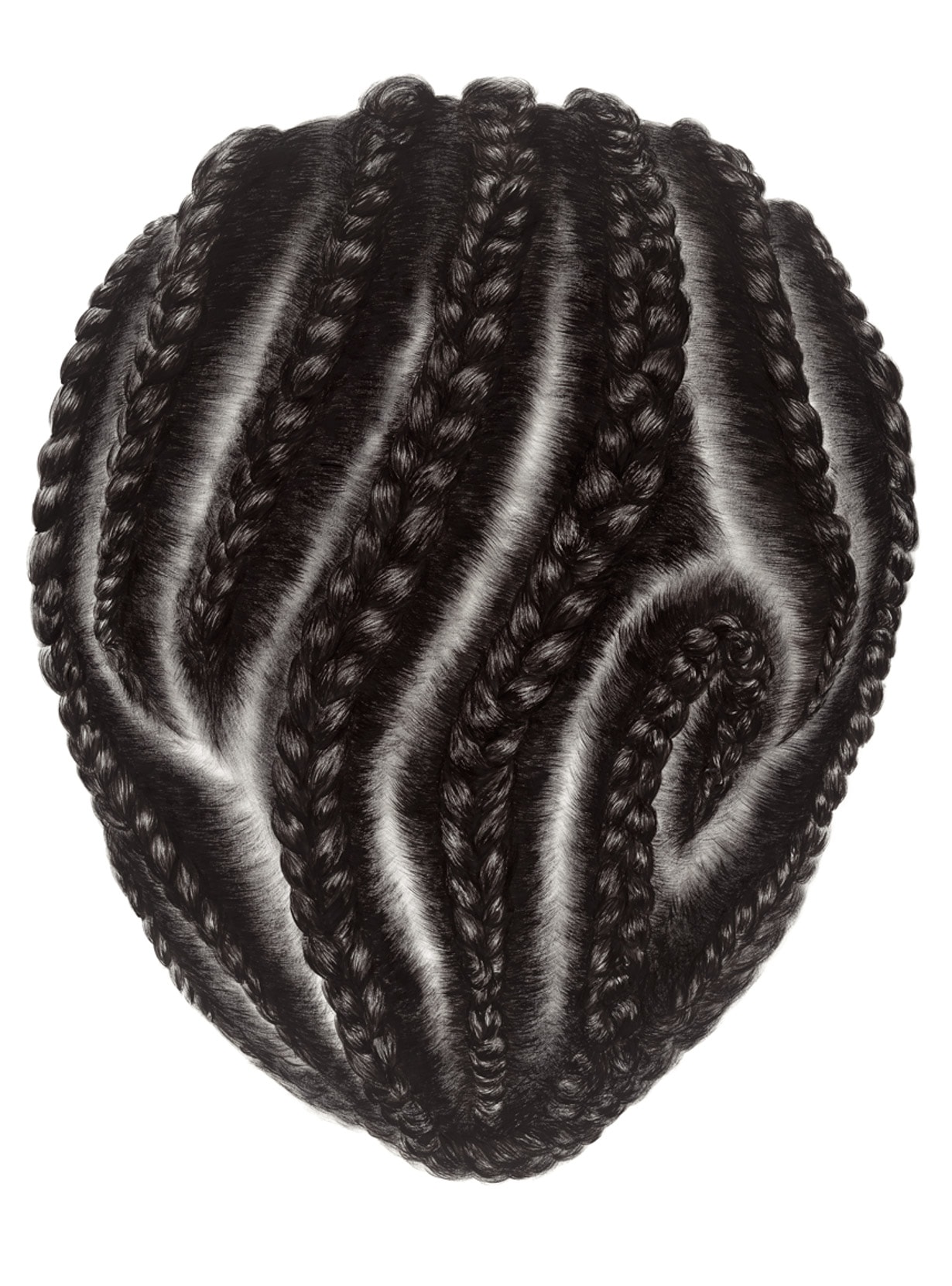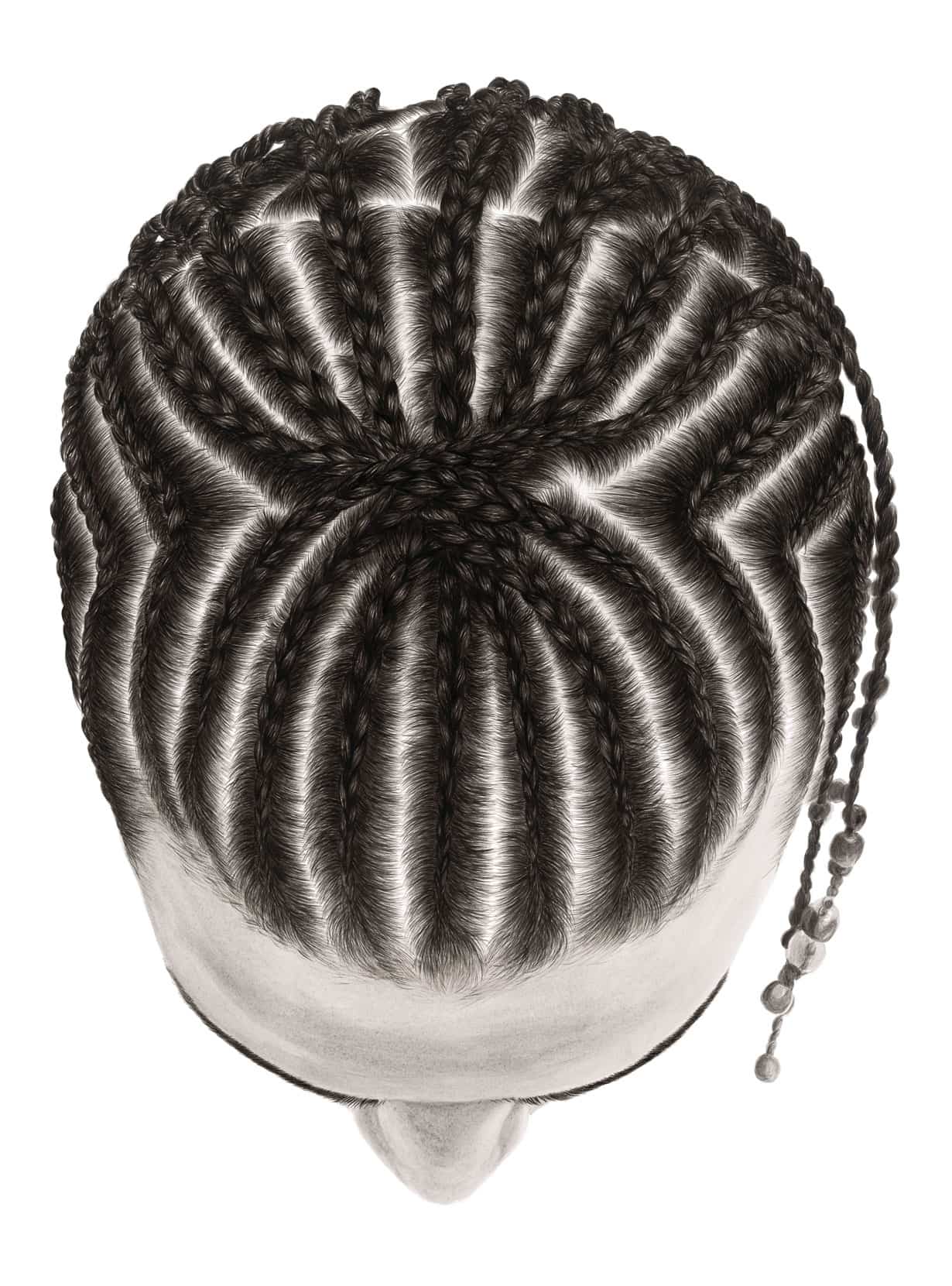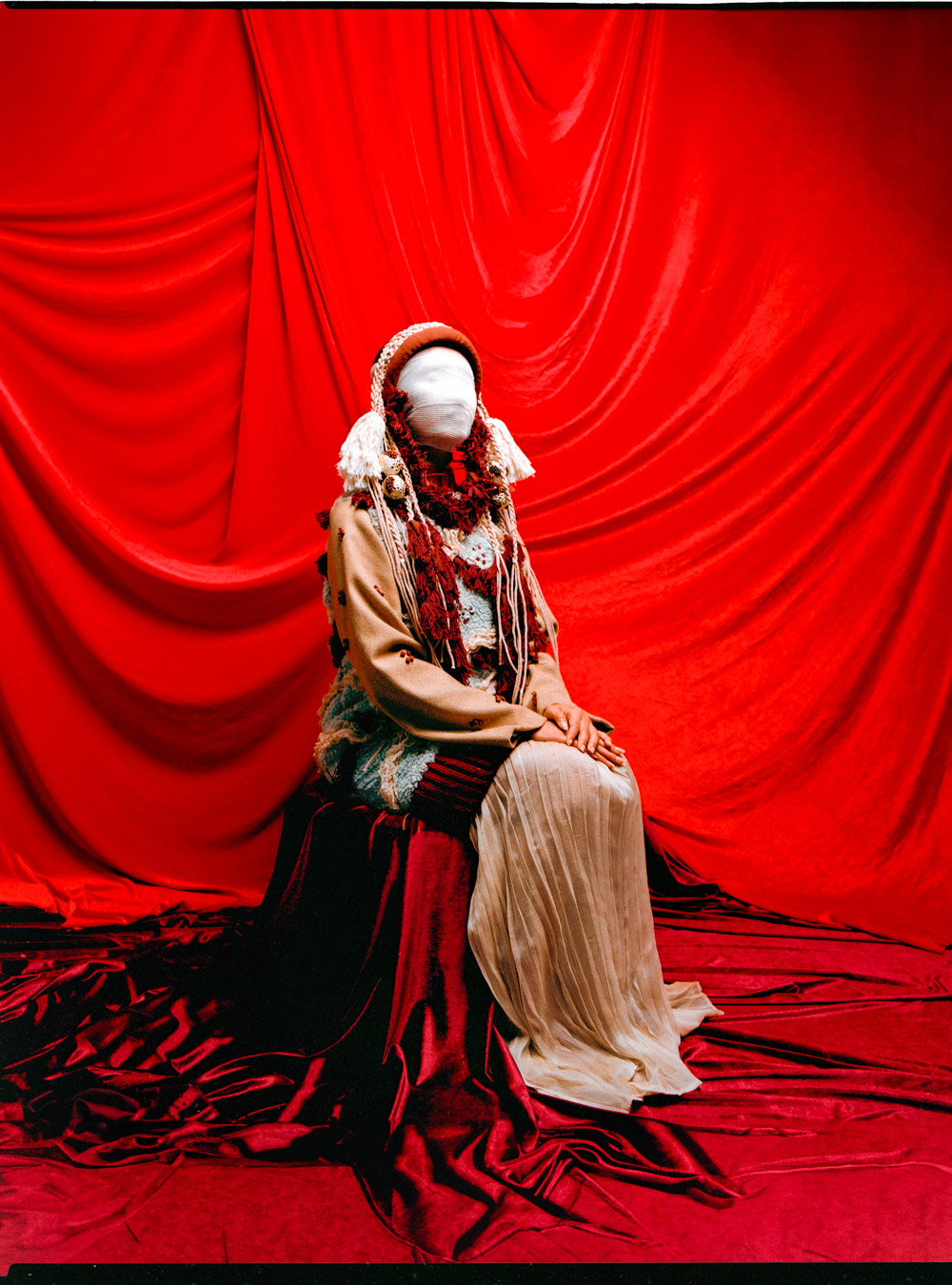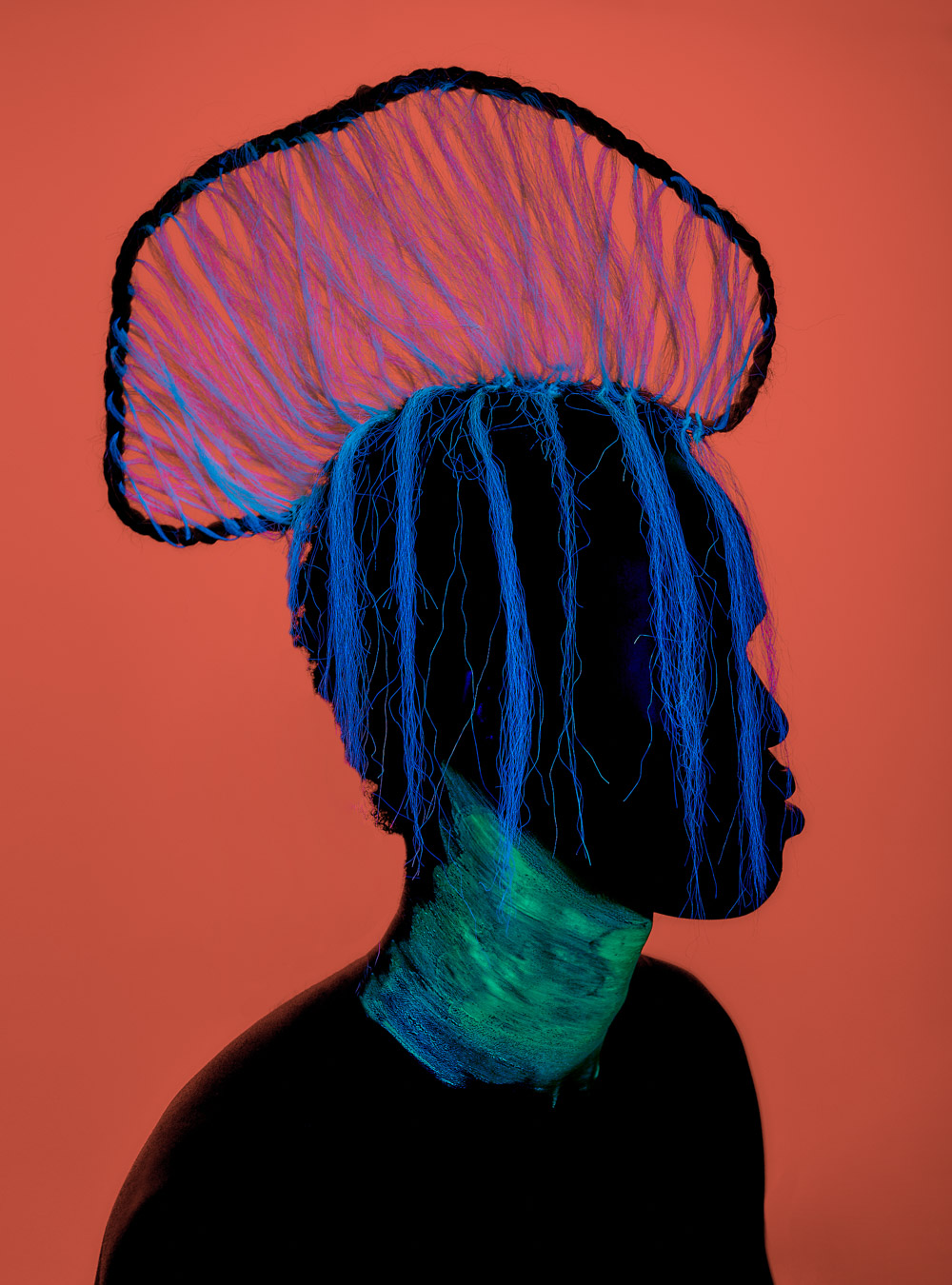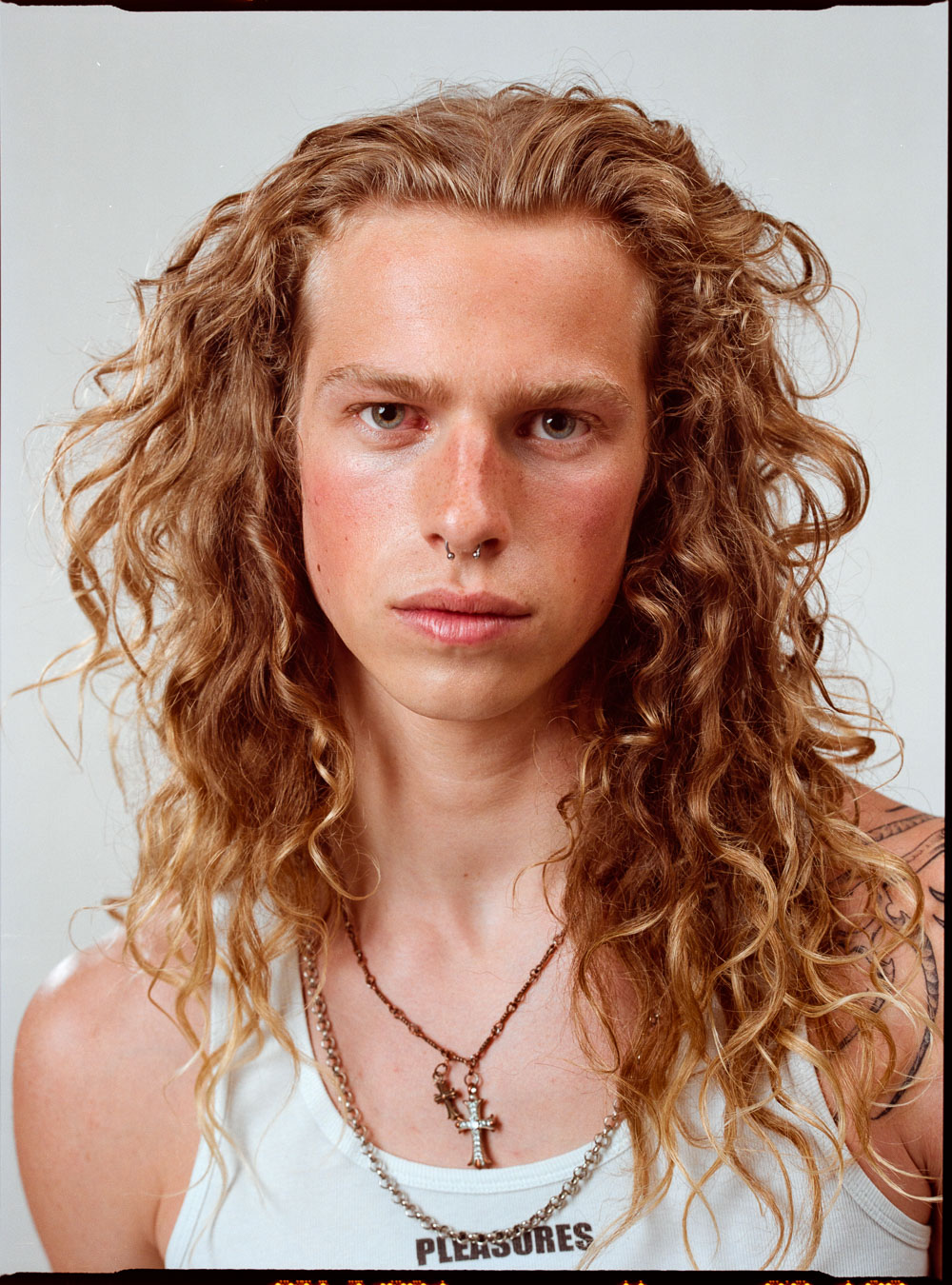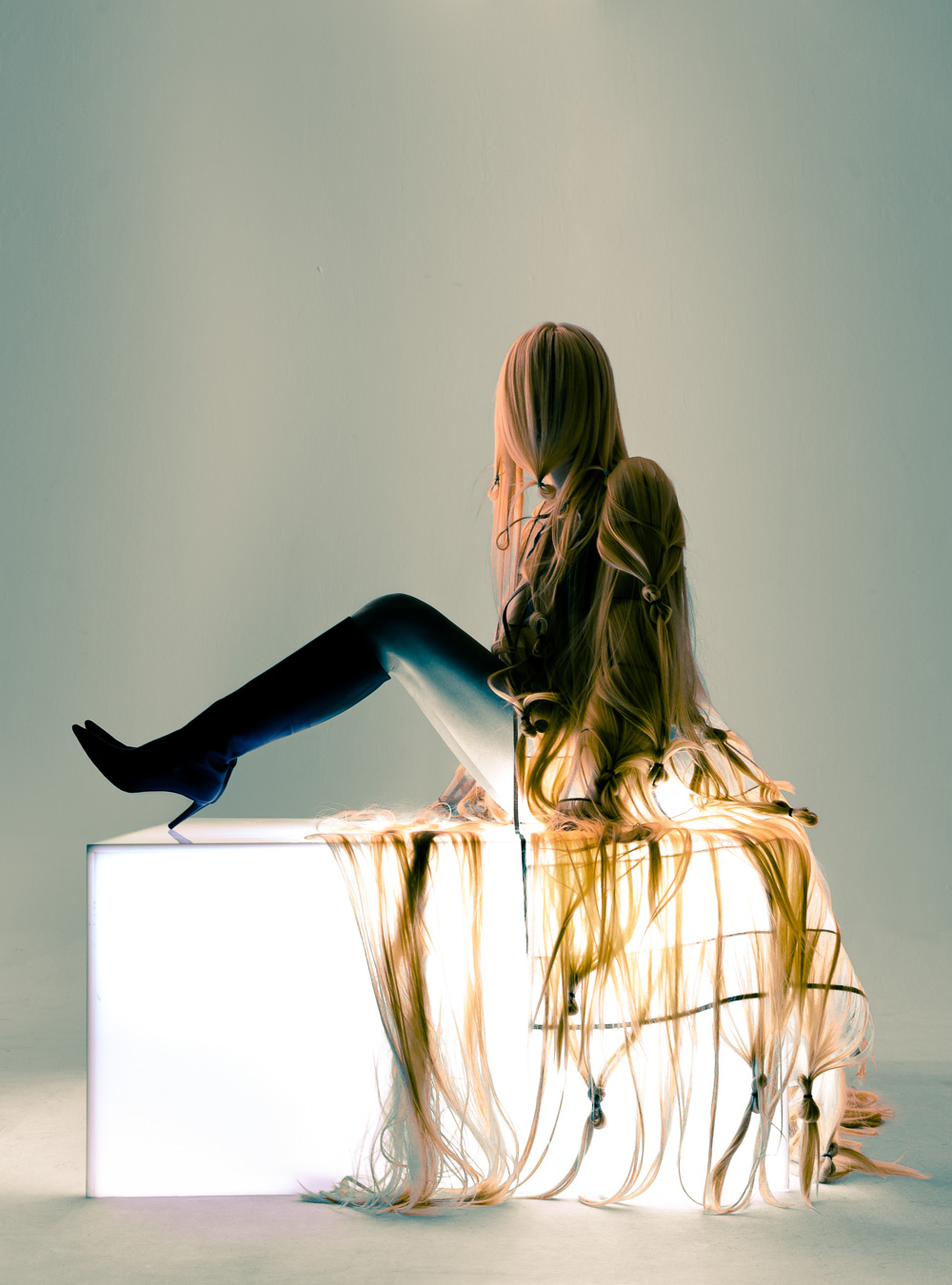- The Dreamtime
- The Dreamtime
- The Dreamtime
ART + CULTURE: So Yoon Lym’s hyperreal paintings depict braided hair in mesmerising detail
Artworks: So Yoon Lym
Interview: Emma de Clercq
So Yoon Lym’s large-scale acrylic paintings feature intricate winding cornrow patterns snaking across her subjects’ scalps. The aerial perspective of the paintings lends an abstract, contemporary aesthetic to the imagery, emphasising the complexity of the labyrinth-like patterns, which Lym describes as “resembling topographical maps”.
The title of the series further suggests the idea of the hairstyles as maps or paths. The Dreamtime is a reference to the ‘Songlines’ of Aboriginal Australia; maps which existed in the form of song, long before written cartography. They were created and used by the indigenous Australians to navigate and understand the land on which they lived. Songlines were passed from generation to generation, so that future generations would know how to navigate their territories as well as that of neighbouring tribes. In this way, the winding cornrow patterns in The Dreamtime can be interpreted as evocative visual symbols which reference a long line of tradition and culture, passed down and reinterpreted from generation to generation.
I wanted to abstract the visual elements of hair and to create the semblance of topographical maps.
Born in Korea, So Yoon Lym spent her early childhood in Kenya and Uganda, before moving to the United States. The subjects featured in The Dreamtime are students photographed during her time as an art teacher in New Jersey from 2001 to 2009. On the inspiration for the series, she says, “when I was teaching in Paterson, cornrow hair braids were the hairstyle of choice for the students interested in style and fashion. The teenagers were heavily influenced by their idols, such as Allen Iverson, Carmelo Anthony, Snoop Dogg…”
Can you give an insight into the process of the creation of the series? The paintings were originally a smaller scale, painted very gesturally. After having exhibited these paintings successfully, I decided that they would look more commanding as a large scale series, painted with more photographic precision. With many of them I decided to lighten the scalp considerably, to give a more graphic representation of a pattern design. This could then be viewed as a symbol, a map, a fingerprint of each unique and individual personality that was the subject. The paintings were meant to recreate hair in a way to showcase the artistry of the craft of cornrow hair braiding. I also wanted the viewer to be fascinated by the sheer precision of hand painted hair, because “paintings” in my imagination have a purpose, and one of the purposes of a painting is to “re-present” or “re-create” something new.
What is your intention for the work? When I started the larger, more ambitious painting series, I thought a lot about a title for this series. I decided to call the series The Dreamtime as a reference to the ‘Songlines’ of Aboriginal Australia, which references the Australian Aboriginal’s connection to nature, the earth, ancestral stories and mythology. In the United States, hair and the history of cornrow hair braiding is heavily tied to and associated with the history of slavery up until the Civil Rights Movement. I have always thought of myself as a citizen of the world, and throughout my life, have tried to think about and understand how different groups of people and cultures add to the world of mythmaking in terms of the world at large.
- ANTHROPOLOGY OF HAIR
- ANTHROPOLOGY OF HAIR
- ANTHROPOLOGY OF HAIR
- ANTHROPOLOGY OF HAIR
- ANTHROPOLOGY OF HAIR
